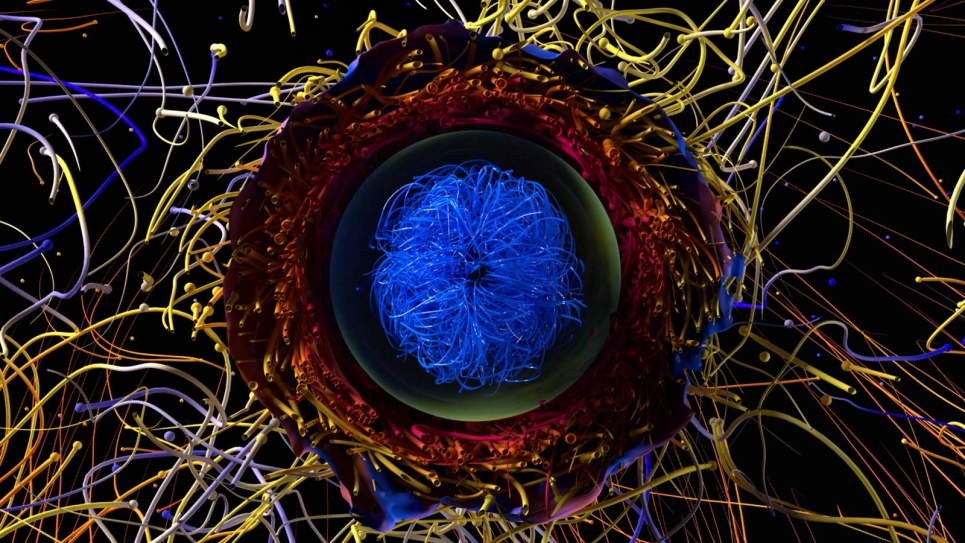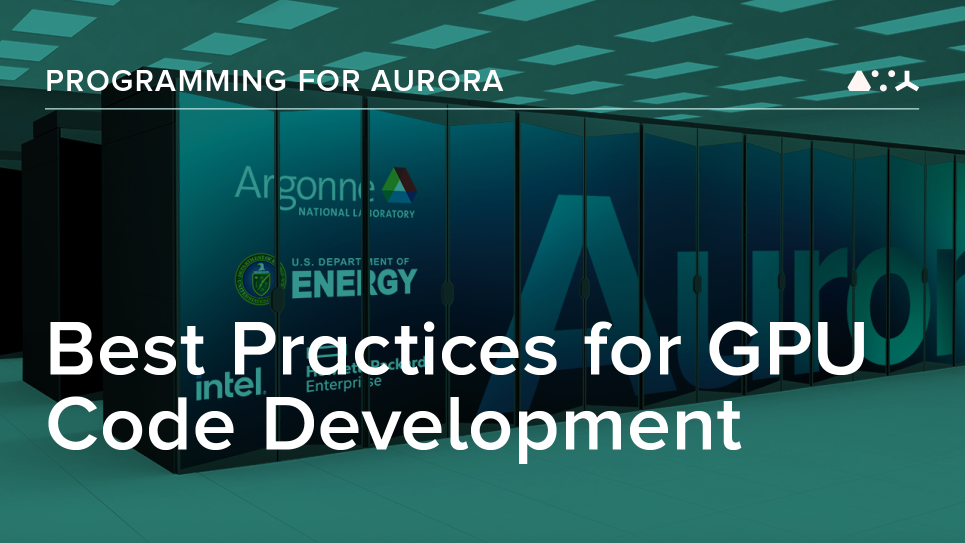The impact of neutrinos
Several aspects of physics must be understood to describe the mechanisms behind supernovae, including the particle physics of neutrino matter interaction, nuclear physics, and gravity according to general relativity because the objects are so compact. Burrows explains that “you have to know particle physics because particles such as neutrinos turn out to be important. The high densities and temperatures in the center of the stars mean light can’t move around at all. It’s just trapped and can't move energy through the matter. The neutrinos though can, and so the inner cores of massive stars at their death become in a sense neutrino stars. So, the neutrinos are energetically important in driving the supernova explosion. Moreover, neutrinos also drive the star's evolution just before the dynamical violent event that gives birth to the supernova.”
During core collapse the object created in the center of the star is extremely hot and extremely dense and produces neutrinos at a high rate. The interior of the core becomes opaque to neutrinos, while the rest of the star, which is far larger is not, so neutrinos outside of the core continue to diffuse through the less dense material while the interior becomes a neutrino star. Some of the neutrinos get absorbed behind the shockwave, adding more energy.
“So the question is, do the neutrinos deposit enough energy during this phase which only lasts a few seconds to actually reignite the supernova?” Burrows asks. It turns out that most of the time the neutrinos do not deposit enough energy for this, but they do heat the matter and provide convection resulting in turbulent stress. This turbulence seems to be “necessary to get them to explode most of the time.”
Results of Burrows’ work with 3D simulations advancing the theory of how supernovae occur have been published in an article in Nature, highlighting the neutrino-heating mechanism as a key driver of supernova simulations.
Collaboration with the ALCF
Burrows gained access to ALCF computing resources through an award from DOE’s Innovative and Novel Computational Impact on Theory and Experiment (INCITE) program. In addition to providing computing time, the INCITE program pairs each project with a computational scientist to help the team maximize the use of DOE’s leadership supercomputers.
“Over the course of the project, you get to know the users and the code and find what are the elements that can help them achieve their scientific goals faster,” says García Martínez, who is the ALCF computational scientist for Burrows’ INCITE project.
García Martínez explains that the simulations look at a very brief moment leading up to the explosion, around half a second of physical time, and the researchers are looking to extend that amount of time up to 4 or 5 seconds with their current INCITE allocation.
To help aid in the analysis of the data generated on Theta, the team worked with ALCF visualization experts to produce images and animations of the supernova simulations.
“Over the years, I will say it's getting more and more important for our users to take advantage of our visualization support. With the extreme scale and complexity of the data they produce, visualizing it is increasingly the best, and often the only, way to gain insight from it,“ says Joseph Insley, who leads the ALCF Visualization and Data Analytics team.
The 3D simulations depend upon an extremely complex set of calculations, which resulted in the visualizations being quite complex as well. To produce the visualizations, Insley’s team injected particles in post processing to create trails to show their path over time. These particles were traced for a finite amount of time while new particles were being added and traced. “In order to do that,” Insley says “and combine them all together, took a bit of development and exploration on our part.”
The team’s latest visualization, which shows the results of 3D simulations of a supernova explosion of a 25-solar-mass star and the simultaneous birth of a neutron star, was recognized as a finalist in the Scientific Visualization & Data Analytics Showcase at the SC22 conference.
Burrows and his team continue to evolve and improve the FORNAX code since there are ambiguities in the equation of state—which is the connection between density, pressure, composition, temperature, energy, and entropy. The researchers are working to incorporate constraints from nuclear physics experiments, and from measurements of neutron stars. They are collaborating with experimentalists whose efforts in nuclear physics and with particle accelerators determine ground truths. These ground truths will allow simulations of the unobservable—the moments leading to the explosion of massive stars to get even closer to representing reality.
==========
The Argonne Leadership Computing Facility provides supercomputing capabilities to the scientific and engineering community to advance fundamental discovery and understanding in a broad range of disciplines. Supported by the U.S. Department of Energy’s (DOE’s) Office of Science, Advanced Scientific Computing Research (ASCR) program, the ALCF is one of two DOE Leadership Computing Facilities in the nation dedicated to open science.
Argonne National Laboratory seeks solutions to pressing national problems in science and technology. The nation's first national laboratory, Argonne conducts leading-edge basic and applied scientific research in virtually every scientific discipline. Argonne researchers work closely with researchers from hundreds of companies, universities, and federal, state and municipal agencies to help them solve their specific problems, advance America's scientific leadership and prepare the nation for a better future. With employees from more than 60 nations, Argonne is managed by UChicago Argonne, LLC for the U.S. Department of Energy's Office of Science.
The U.S. Department of Energy's Office of Science is the single largest supporter of basic research in the physical sciences in the United States and is working to address some of the most pressing challenges of our time. For more information, visit https://energy.gov/science




